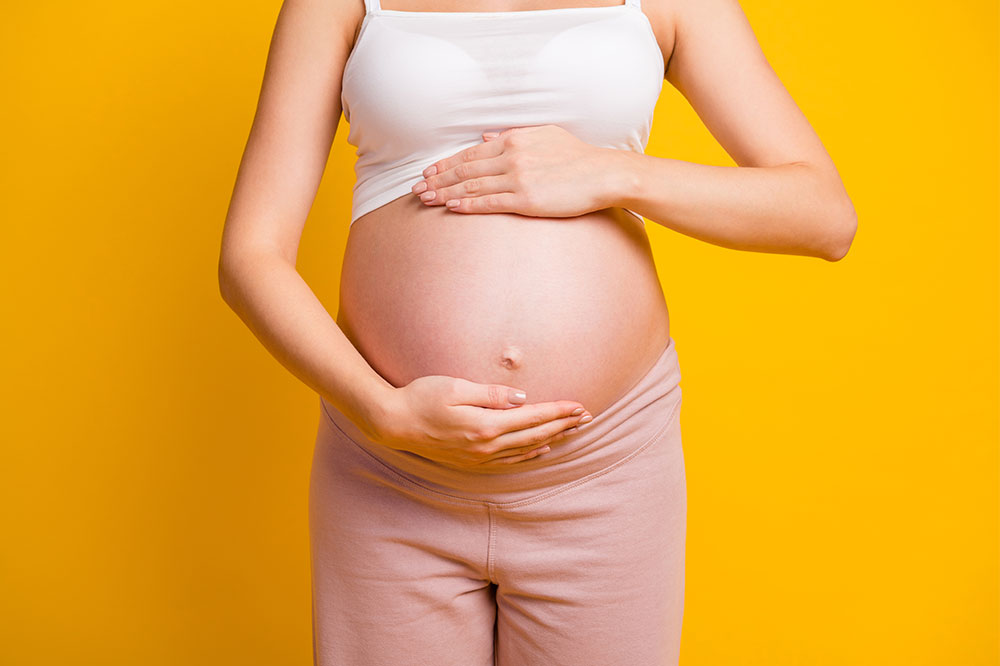Comprehensive Guide to Pregnancy: Key Stages, Symptoms, Detection Methods, and Preventive Strategies
This comprehensive guide explores the essential aspects of pregnancy, including the three key trimesters, early symptoms, detection methods, and preventive strategies. It emphasizes the importance of understanding fetal development stages and early recognition of pregnancy signs to ensure timely medical care. Additionally, the article offers valuable advice on contraception options to help women prevent unplanned pregnancies, advocating for personalized healthcare guidance. Whether you are planning to conceive or wish to prevent pregnancy, this detailed overview covers all vital information to support informed decision-making and healthy pregnancy management.

Comprehensive Guide to Pregnancy: Key Stages, Symptoms, Detection Methods, and Preventive Strategies
Embarking on the journey of pregnancy is one of the most significant milestones in life, requiring careful planning, awareness, and proactive health management. Pregnancy typically lasts around 40 weeks and is divided into distinct stages known as trimesters. Understanding these stages, recognizing early symptoms of pregnancy, and knowing how to detect and prevent pregnancy are vital for prospective parents. Proper education and timely medical interventions can significantly improve outcomes for both mother and baby, ensuring a safe and healthy pregnancy experience.
Understanding the Three Trimesters of Pregnancy
The process of pregnancy is generally categorized into three key phases, known as trimesters. Each trimester encompasses specific developmental milestones for the fetus and requires particular care and attention from expecting mothers.
First Trimester (Weeks 1-12)
This initial phase begins from conception and lasts until the end of week 12. During this period, the fertilized egg implants itself into the uterine lining, and essential organs and body systems start forming. The primary focus during this stage is the development of the brain, spinal cord, heart, and other vital organs, which are rapidly assembling. Expectant mothers may experience symptoms such as fatigue, morning sickness, breast tenderness, mood swings, and frequent urination. It's crucial to adopt healthy lifestyle habits, including proper nutrition, avoiding harmful substances like alcohol and tobacco, and scheduling early prenatal care to monitor fetal development and maternal health.
Second Trimester (Weeks 13-28)
The second trimester marks a period of rapid growth and development. It typically begins at week 13 and extends to week 28. During this stage, the fetus's body becomes more proportionate, and vital structures like fingerprints, footprints, and hair begin forming. The fetus's bones become stronger, and the lungs start functioning, although they are not yet fully developed. By the end of this trimester, the fetus can reach about 12 inches in length and weigh around a pound. Common symptoms experienced during this period include a reduction in nausea, increased energy levels, and physical changes like a growing belly and skin pigmentation. Ultrasound scans are usually performed to check fetal growth and detect any anomalies. Maternal health monitoring, proper nutrition, and avoiding risky substances are vital at this stage to support healthy fetal development.
Third Trimester (Weeks 29-Birth)
Starting from week 29 until delivery — typically around week 40 — the fetus undergoes significant maturation. During these final weeks, the baby's organs mature to ensure they can function independently after birth. The lungs develop fully, and the brain and nervous system continue to grow. By week 37, many of the fetus's organs are capable of functioning independently, preparing for delivery. Expectant mothers may experience increased discomfort due to the fetus's size and position, along with symptoms like swelling, Braxton Hicks contractions, and frequent urination. Routine prenatal visits become more frequent, monitoring fetal position, heartbeat, and maternal health. The focus during this stage is on preparing for labor, delivery, and postpartum care.
When childbirth approaches, the fetus is usually fully developed and ready for life outside the womb. Recognizing the physical and behavioral signs of readiness can help mothers and healthcare providers anticipate labor onset.
Early Detection and Recognizing Pregnancy Symptoms
Detecting pregnancy early allows for prompt medical care, which is crucial for the health of both mother and baby. Some signs and symptoms can serve as early indicators of pregnancy before medical confirmation. Recognizing these signs enables women to seek timely advice and testing.
Missed Period
A missed or late period is often the most obvious early sign. If your menstrual cycle is regular but suddenly stops, pregnancy might be the cause.
Persistent Fatigue
High levels of progesterone and other hormones can cause unusual tiredness and fatigue, especially during the first trimester.
Frequent Urination
An increase in blood volume during pregnancy causes the kidneys to work more efficiently, often resulting in more frequent trips to the bathroom.
Nausea and Morning Sickness
Nausea, often called morning sickness, can occur at any time of day, typically starting from the sixth week of pregnancy. Symptoms vary among women but can include vomiting and food aversions.
Other Symptoms
These may include breast tenderness, mood swings, food cravings or aversions, and heightened sense of smell. These physical and emotional signs can provide early hints of pregnancy.
To confirm pregnancy, home testing kits are widely available and provide about 99% accuracy. However, it is advised to consult healthcare professionals who can perform blood and urine tests for definitive confirmation and initial health assessments.
Preventive Measures for Unplanned Pregnancy
For women aiming to avoid pregnancy, various effective contraceptive methods are available. Choosing the right method depends on individual preferences, health conditions, and lifestyle. Common contraceptive options include barrier methods such as condoms, cervical caps, and diaphragms, as well as hormonal methods like pills, patches, and vaginal rings. Long-acting reversible contraceptives (LARCs), such as intrauterine devices (IUDs) and implants, offer high effectiveness and convenience. Spermicide creams and gels can be used in combination with barrier methods for added protection. For those seeking permanent solutions, surgical options like tubal ligation or vasectomy are available. Consulting a healthcare provider is essential to identify the most suitable and effective method tailored to your health and reproductive goals.





